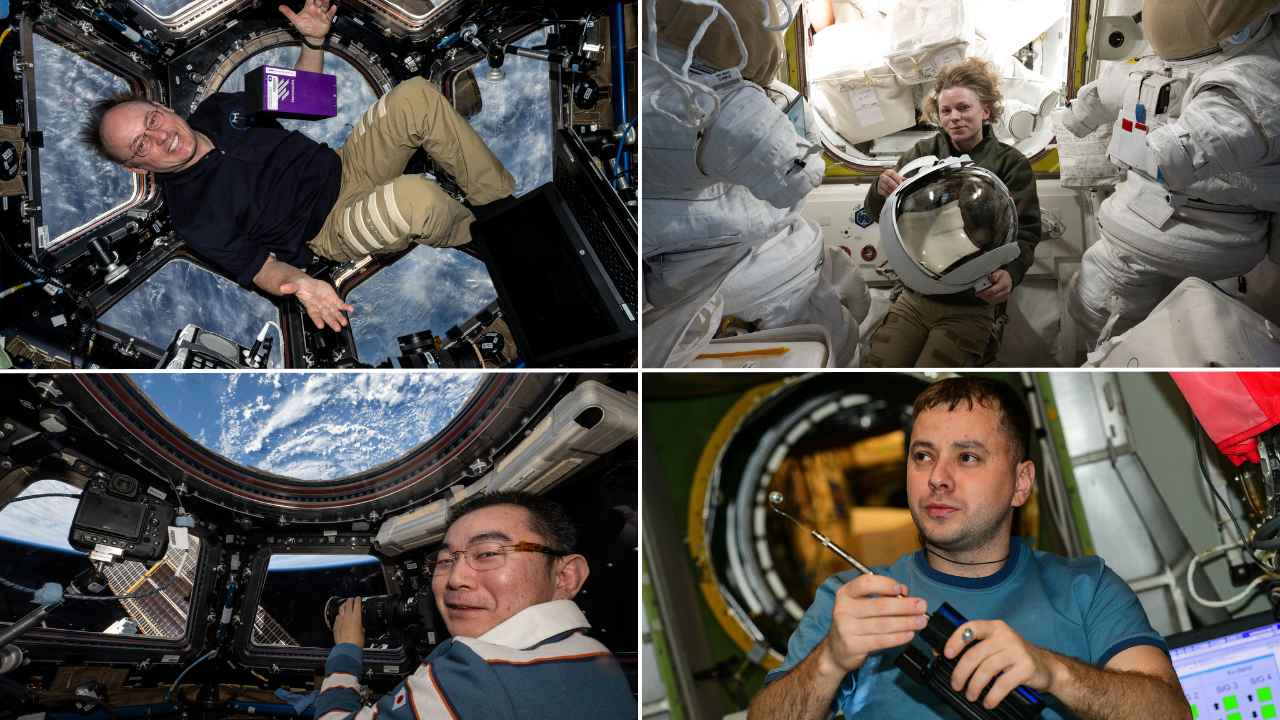Arizona Uses Ikonos Imagery in Dispute with Developer
Washington--Data from Space Imaging's Ikonos satellite is being used as evidence in a land dispute between the state of Arizona and a private developer, according to a Space Imaging news release.
The state of Arizona is using the satellite imagery as evidence in a multi-count civil action against Marana, Ariz., developer George Johnson and several of his companies, which are accused by the state of illegally clearing land, according to Space Imaging.
Documents from the Arizona Attorney General's Office allege Johnson illegally cleared approximately 270 acres of state trust lands, 2,000 acres of private lands in the Santa Cruz River valley, and destroyed portions of several Hohokam Native American archeological sites, among other offenses.
Lee Stein, a Craig, Ariz., attorney who is representing Johnson, did not return two calls seeking comment.
Imagery from the Ikonos satellite, owned by Thornton, Colo.-based Space Imaging, has provided before and after satellite images (below) of the area, which show changes in the environment. The images will be used as evidence in the state's court case, according to Andrea Esquer, press secretary for the Arizona Attorney General's Office.
Esquer said the state could not comment further on the case at this time because it is only in the deposition phase.
Chris Mack, senior geographic information systems specialist for Marana, Ariz., discovered in mid-2004 that the imagery showed the terrain had been altered at La Osa Ranch, one of the sites that allegedly has been cleared.
Breaking space news, the latest updates on rocket launches, skywatching events and more!
Usually, the town purchases between 400 and 500 square miles of imagery from Space Imaging to use for things like mapping and diagrams of prospective developments, Mack said.
Mack purchased additional imagery through Global Systems Modeling Limited of Tucson, Ariz., after satellite images collected in 2003 showed the beginning of land clearing activities.
"All of the imagery we'd acquired in May and June of 2002 showed the site was essentially undisturbed," Mack said. "The 2003 imagery showed the bulldozing beginning, and 2004 imagery showed pretty much the full extent of the land clearing that went on," Mack said.
Marana shared the imagery with the state of Arizona, the Arizona Department of Agriculture and the Arizona Department of Environmental Quality, all of which have separate legal actions against the developer, Mack said.
Global Systems Modeling processed the data for the cost of the imagery alone, according to Space Imaging.
The Ikonos satellite collects imagery sharp enough to distinguish objects on the ground as large as one meter across.
The Arizona situation is just one case in which remote sensing imagery is being used in a legal claim, according to Joanne Gabrynowicz, director of the National Remote Sensing and Space Law Center.
"It's very successful because it's very persuasive evidence," said Gabrynowicz, who also edits the Journal of Space Law. "People have the idea that eyewitness evidence is the most reliable kind of evidence and that's not true; our eyes deceive us. This imagery shows a particular situation and a particular place and time."
Having satellite imagery on your side when prosecuting a case can be so convincing that some attorneys are agreeing to settle out of court rather than face the evidence in a trial, Gabrynowicz said.
The imagery has been used for years in a variety of legal applications, from cases of agricultural fraud to establishing building locations or weather at the time of a crime, she said.
"I got a call a number of years ago from the [Los Angeles] police department wanting to know if there was imagery available to help them in the O.J. Simpson case," Gabrynowicz said. "There wasn't, but it's important they're sophisticated enough to know it exists and to ask the question."
Police departments and attorneys coordinate imagery with Geographic Information System technology in order to produce models and charts to be used in courts as well, Gabrynowicz said. Imagery can also be used in international courts of justice to settle boundary disputes between nation states.
There are challenges to using the technology. Legal experts now are developing specific rules for the use of the imagery in court that can be applied to all cases, Gabrynowicz said. "The courts are going to have to do this," Gabrynowicz said, noting that standards are going to be necessary as satellite imagery becomes more prevalent.
There are also concerns at the United Nations level about using the imagery in international court when some countries have the technology available and others do not.
Missy is currently Cities Director for Eater where she run a department of 25 city sites and roughly 50 employees since joining the company in 2020. Her previous experience was as Cities Manager and editor of Eater DC, penning pieces on the Washington restaurant scene. Her work has been featured in Space News, The Washington Business Journal, DCist, The Washington Examiner, CD Publications, and The Southampton Press. In addition to her science writing, Missy has spent 17 years as a theater critic, earning her a fellowship with the National Endowment of the Arts.
